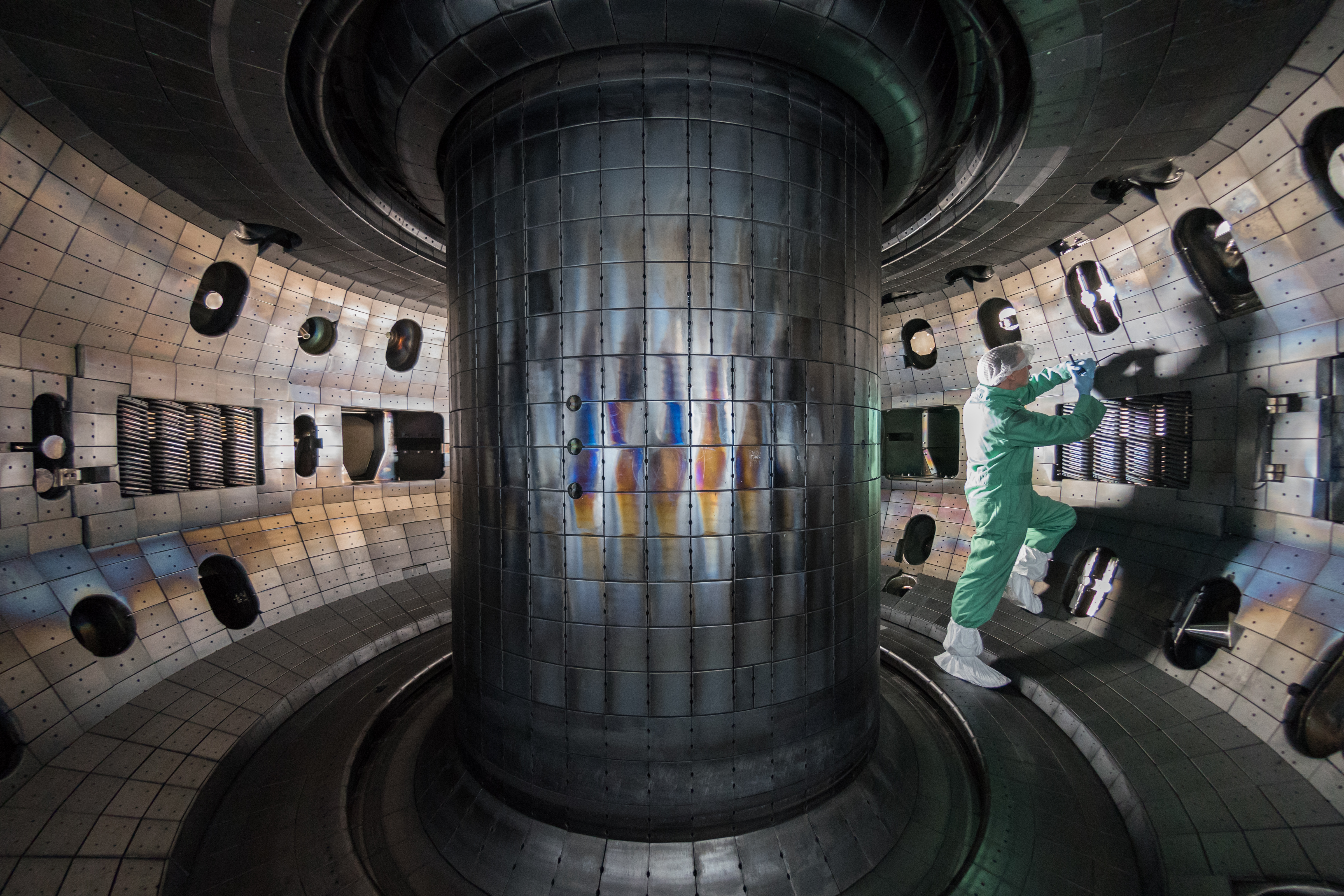Nuclear Fusion Reactor Design
- Introduction to Fusion Energy
- The Tokamak Design
- The Stellarator Design
- The Inertial Confinement Fusion
- The Magnetic Confinement Fusion
- The Field-Reversed Configuration and Other Emerging Designs
- Safety, Waste and Environmental Impact
- Future of Fusion & Course Review
The Tokamak Design
Variations of the Tokamak Design

Device using a magnetic field to confine a plasma in the shape of a torus with the plasma stabilized by a current.
The Tokamak design is one of the most promising and widely researched fusion reactor designs. It is characterized by its toroidal (doughnut-shaped) configuration, which uses magnetic fields to confine the plasma. However, within the broad category of Tokamak designs, there are several variations, each with its unique features, advantages, and disadvantages. This article will delve into these variations, providing a comprehensive overview of the diverse landscape of Tokamak designs.
Standard Tokamak
The standard Tokamak design is characterized by a toroidal chamber with a strong toroidal magnetic field and a weaker poloidal field. The plasma is heated to high temperatures, and the magnetic fields confine and shape the plasma, keeping it away from the reactor walls. The plasma current is driven by a transformer, with the plasma acting as the secondary winding.
Spherical Tokamak
The spherical Tokamak is a variation where the plasma is shaped more like a cored apple than a doughnut. This design aims to achieve a higher plasma pressure for a given magnetic field strength, potentially leading to more efficient fusion reactions. However, the compact design presents challenges for plasma heating and current drive.
Advanced Tokamak
The advanced Tokamak design aims to improve the performance and efficiency of the standard Tokamak. It employs techniques such as non-inductive current drive, plasma shaping, and internal transport barriers to achieve higher pressure and longer confinement times. The goal is to achieve steady-state operation, which is crucial for a practical fusion power plant.
Compact Tokamak
Compact Tokamaks aim to reduce the size and cost of the reactor while maintaining high performance. They employ high magnetic fields and advanced engineering techniques to achieve this. One example is the proposed ARC (Affordable, Robust, Compact) reactor design, which uses high-temperature superconductors to achieve high magnetic fields.
Case Studies: ITER and JET
The ITER (International Thermonuclear Experimental Reactor) and JET (Joint European Torus) are two of the most prominent Tokamak experiments. ITER, currently under construction in France, is designed to demonstrate the feasibility of fusion power on a commercial scale. It employs an advanced Tokamak design and aims to produce 500 MW of fusion power.
JET, located in the UK, is currently the largest operational Tokamak. It has provided valuable data on plasma physics and fusion technology, contributing to the design of ITER. JET has a standard Tokamak design and has achieved the world record for fusion power output (16 MW).
In conclusion, while all Tokamak designs share the same basic principles, there is considerable variation in their specific features, objectives, and challenges. Understanding these variations is crucial for appreciating the breadth and depth of research in this exciting field of fusion energy.